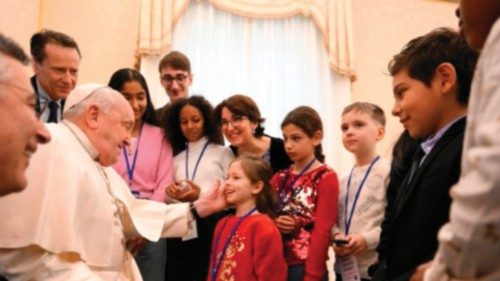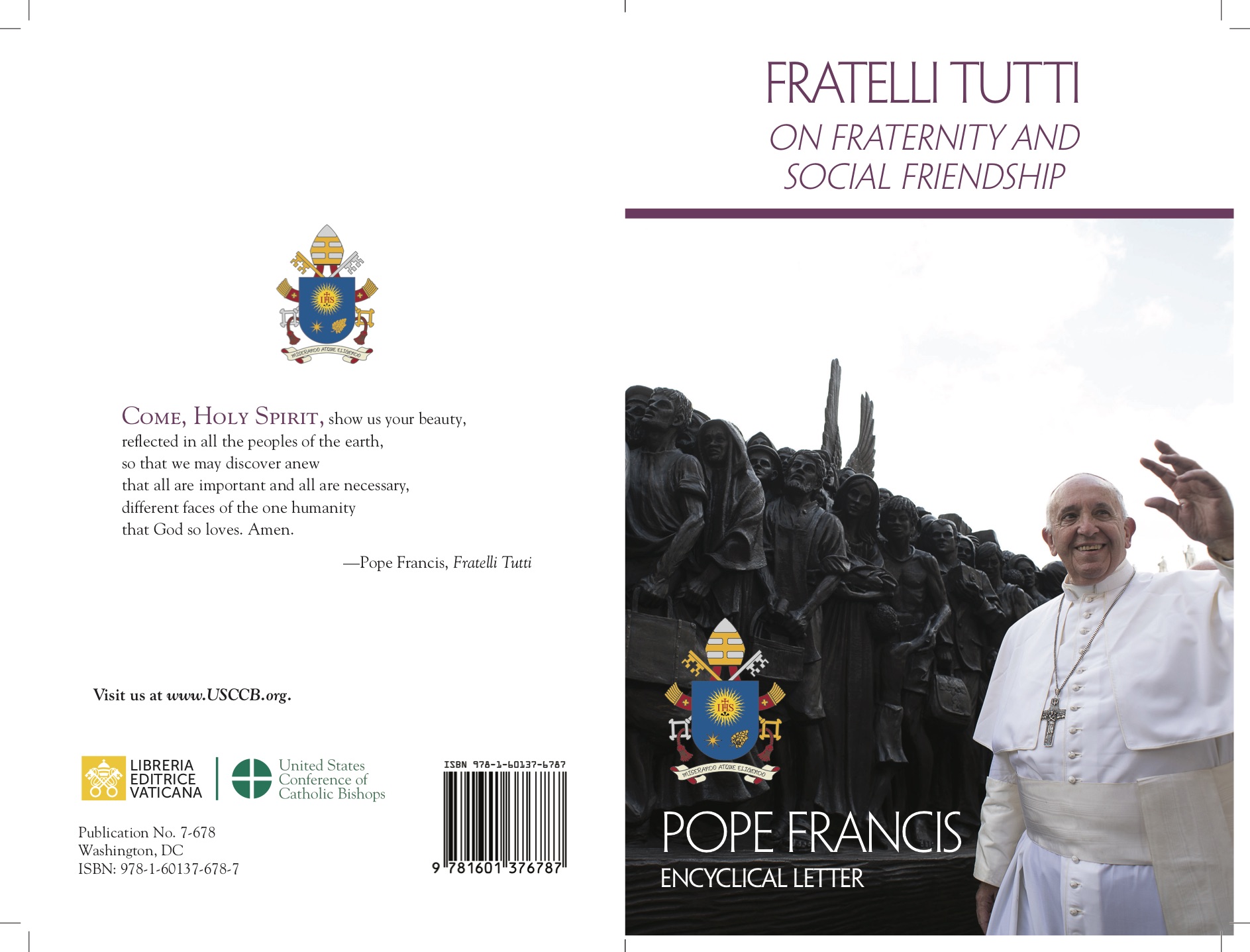
By Grace Lathrop
University of Iowa Student
Over 121 million children currently suffer from child labour across the world (International Labour Organization), making the topic a significant issue commonly discussed by world leaders. June 12th, World Day Against Child Labour, aims to bring awareness to the issue and facilitate new ideas to help end child labour.
The International Labour Organization (ILO) first launched World Day Against Child Labour as an official holiday in 2002, although it has been fighting against the cause for much longer. Since 1919, the ILO has been dedicated to the abolition of child labour. Over 100 years later, they are still fighting to increase awareness of the issue and ultimately, leave no child to suffer from it. On 12 June, the World Labour Association asked for allies to show their support for their campaign by posting materials and flyers to generate awareness for the special day.
The International Labour Association has called for a “full ratification of ILO Convention No. 138 on the Minimum Age and the implementation of ILO Convention No. 182 on the Worst Forms of Child Labour” (ILO). The ILO is urging world politicians and global leaders to help fight against child labour, as they have released that this year’s campaign focuses on the rising numbers of unfulfilled dreams by children who have fallen victims to child labour (ILO). They are aiming for progress and pushing for an urgency for action this year.
History of Child Labour
Child labour rates skyrocketed during the end of the 19th century and beginning of the 20th due to the Industrial Revolution in the United States. The issue has since spread globally to poorer regions, particularly in Africa, where nearly 72 million children were reported to be victims of child labour in 2025 (ILO).
Child labour’s effects go far beyond a poor working environment; it deprives children the opportunity to experience a childhood, receive an education, and freely make their own decisions. Child labour numbers are not looking to decrease any time soon, as an estimated 1.2 million children are trafficked annually for labour and sexual exploitation (Global March Against Child Labour).
Victims can range anywhere between the ages of five and 14 (ILO) and are forced to work in many different fields of labour. However, statistics show an increase in agricultural child labour, which is also known to be the most dangerous. Younger children between the ages of five and seven are the most common age group to participate in agricultural work, making them exceptionally vulnerable to its effects (ILO). Pesticides and machinery used by children at a young age can lead to severe health effects or even fatality.
The Holy See and its stance
The Holy See has spoken out against child labour before, and has advocated for policy changes. The Catholic Church strongly criticizes child labour practices, emphasizing that each child is worthy of dignity and respect. Leaders of the Church have also preached the importance of each and every child that God brings to this earth, all of whom deserve a happy and healthy childhood.
Pope Francis was especially active in advocating for the health and safety of children. On multiple occasions, he spoke out against child labour and continuously pushed for the Church’s support in helping those who were suffering. During his first 2025 catechism lesson, he used the time to share with his audience that “children occupy a privileged place in God’s heart, and whoever harms them will be accountable to him” (General Audience, 8 January 2025).
Pope Francis’ efforts went far beyond verbal advocation; he was a key participant in the fifth annual Global Conference on the Elimination of Child Labour in South Africa in 2022, informing attendees that a more holistic approach is needed to end child labour. He stressed the importance of focusing on the causes of child labour, like poverty, in order to stop it before it can start.
How to help fight against child labour
Just as Pope Francis did, others can use their own voice and take action to raise awareness and ultimately, end the child labour and human trafficking epidemic. For example, Catholic organization Talitha Kum, located in Rome, has dedicated their purpose towards ending human trafficking and child labour. Their mission is to create networks on a global level that are able to support victims, survivors, and those who may be at risk of harm, all while being “inspired by the life-giving ministry of Christ”(Talitha Kum).
Participating in the recognition of World Day Against Child Labour on 12 June is just one of many important steps; supporting legislation for stronger laws, enforcing already existing regulations, and encouraging others to make a change are simple, yet impactful ways to show support and witness change.













 Purchase the Encyclical here Fratelli Tutti
Purchase the Encyclical here Fratelli Tutti
